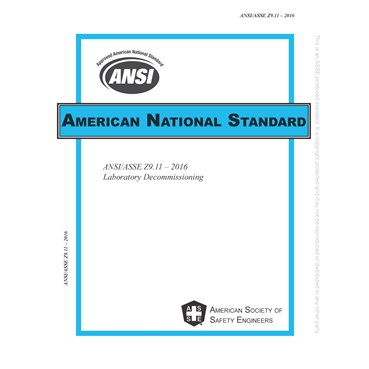
Employee engagement is recognized by safety professionals as a critical success factor for best-in-class worksites. An obvious way to engage employees in safety is through the implementation of an inspection or observation program. Yet companies remain reluctant to involve workers in these programs due to perceived barriers associated with collecting and using the observation intelligence.
This article explains how organizations can combat common misperceptions around observations in order to develop a process-driven observation program that fosters employee engagement.
Why we observe
We do observations with the goal of reducing incidents. As leading indicators, observations help us identify potential problems such as unsafe trends and process issues, so we can focus resources to best manage risk and reduce loss. Most organizations rely solely on safety professionals to conduct inspections and manage their observation process. The problem is that today’s safety professional has many other duties such as incident management, training, or even collateral duties such as environmental management or stewardship over multiple locations or projects. A practical way to address this issue, while augmenting the observation program, is to increase the number of inspectors (as well as the number of observations) throughout the organization.Focus your efforts
A common misperception held by many non-safety employees is that their inspection should be as comprehensive and encompassing as that of the safety professional. Most employees are not equipped to do this type of inspection due to training (or lack thereof), time constraints, or both.One strategy for quickly getting people to begin doing inspections — without overwhelming them — is to use focused inspections. A focused inspection can be used to observe a multitude of things, including a particular behavior, task, hazard, area or crew. The safety professional can train employees to observe a specific focus area — such as fire extinguishers or hot work — and then provide detailed feedback. Once the inspector gains familiarity and competency, he can “graduate” from one focus area to another, and eventually build up a repertoire of observation expertise for different areas. If the safety professional coordinates with all designated inspectors at a site, he or she immediately gains more eyes and ears in the field, thereby developing an additional source of data that supplements his or her own inspections.
This serves several purposes. First, the time it takes to train an employee on a single, focused topic is relatively short when compared to trying to raise inspector competency in all areas all at once, as for a typical compliance audit. Second, a focused inspection can be completed in a few minutes, so it doesn’t adversely impact a worker’s schedule or productivity. In fact, it is often the case that the simple act of observing and critiquing the various safety-related aspects of their job creates an internal safety commitment in these employees. After all, if they are holding others accountable for their safety, it would be hard for them not to “walk-the-talk.” Finally, focused inspections help organizations fight “observer complacency.” Keeping checklists on a rotation helps maintain an observer’s focus. This increased focus can then be maximized during critical times, such as through a “slips, trips and falls” checklist during winter time.
By walking a jobsite with a field employee, reviewing company standards and guidelines, and lending their expertise, safety professionals provide an invaluable role in the widespread adoption and success of an employee-driven observation program. In the process, safety professionals can begin to address any inconsistencies and move from being a safety “cop” to a safety “coach,” thus promoting a positive safety culture.
Use data wisely
Another common perception (perhaps a reality in some companies) is that observations are simply gathered with no end in mind. Establishing and communicating a plan to use the gathered information proves that management is committed to making data-driven decisions and can serve as the catalyst to conducting observations. Measurement alone doesn’t lead to incident reduction — acting on the measured data will. Employee involvement in the observation process is dependent on a continuous feedback loop from management. Ultimately, if management doesn’t act on the data or reacts poorly to the data, employees will stop providing any data, or worse, begin to pencil-whip the data.Getting management engaged may be as simple as providing them with relevant safety information culled from their team’s collected observations. This enables them to direct resources to problem areas, reward exemplary inspectors, or set specific safety goals. Today, many technology providers offer a dashboard that can be customized with reports and graphs that are relevant to management, so they can effortlessly review overall safety performance, and quickly engage on all levels with the safety team.
For example, in the dashboard below, an executive can view summary information on incidents vs. inspections or most unsafe categories. He or she can monitor how many inspections have been completed, or how many inspections have been completed at specific projects, and praise or coach team members accordingly. Alerts are delivered on lifethreatening conditions or behaviors or on unmet goals (such as a target timeframe in which to correct issues), allowing an opportunity for immediate intervention or focusing attention to areas that require resources.
Addressing these common misperceptions around observations paves the way for your employees and management to become meaningfully engaged in their safety process. Your organization’s hazard recognition and control program will improve, and your training program can be tailored to not only increase staff development but to also validate the effectiveness of that training. By facilitating increased communication, relevance and usefulness of safety data, management and hourly employees alike gain the ability to proactively drive improvement for the health and safety of the organization as a whole.



